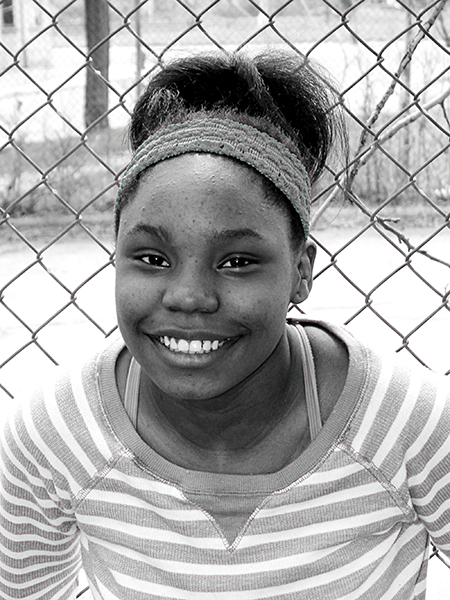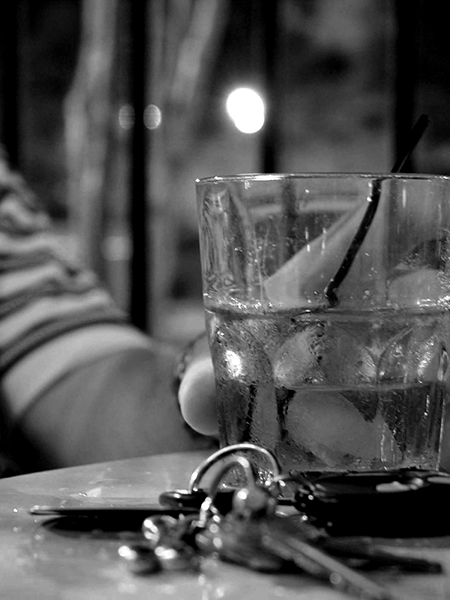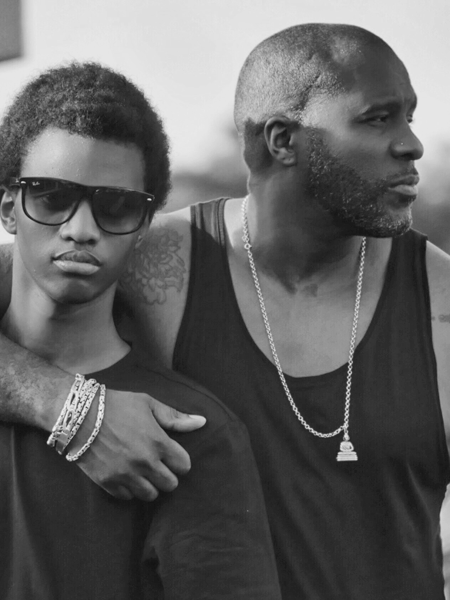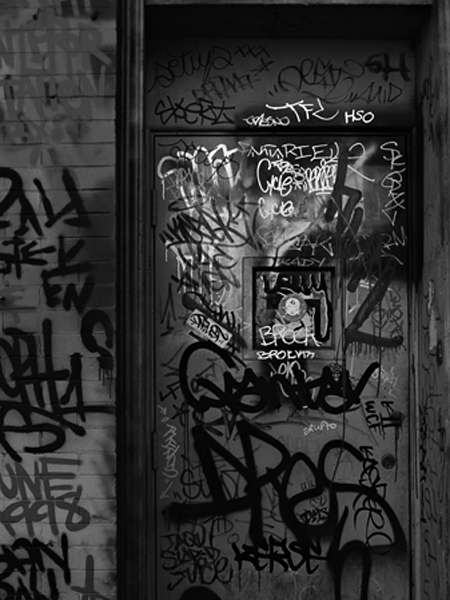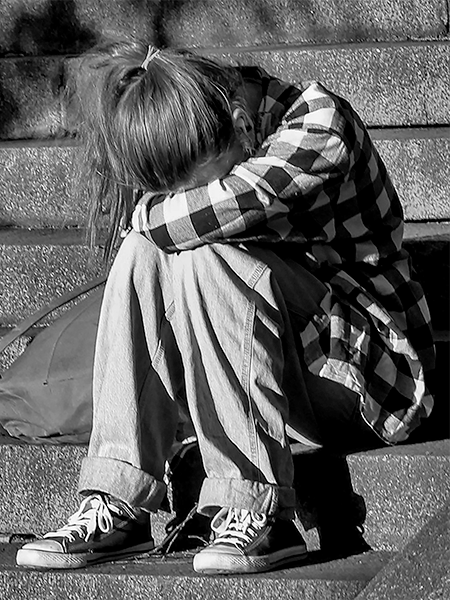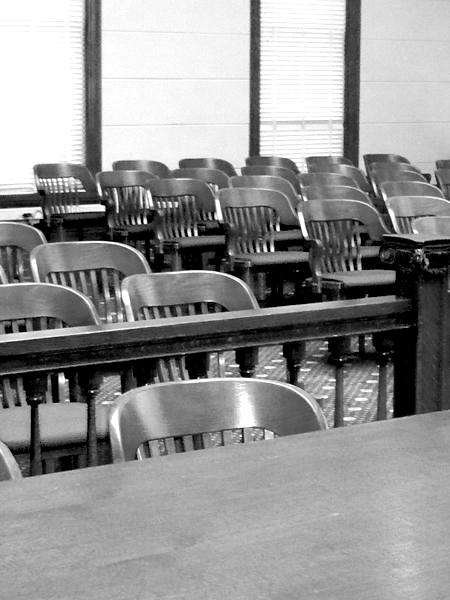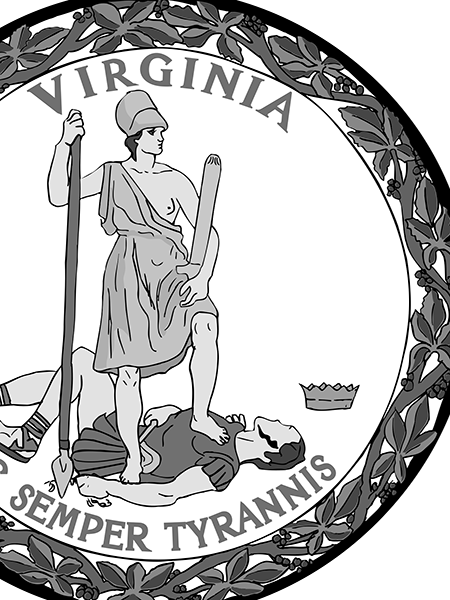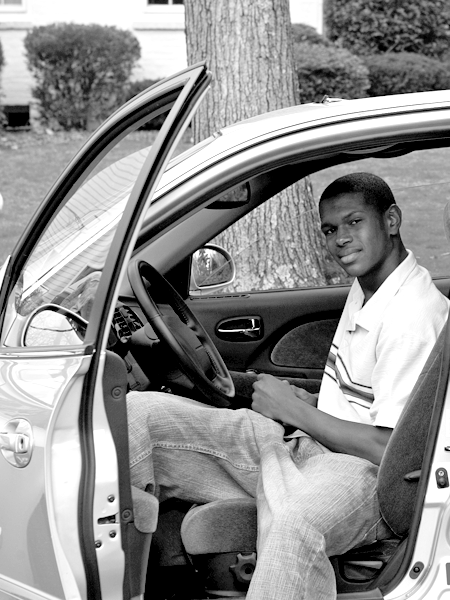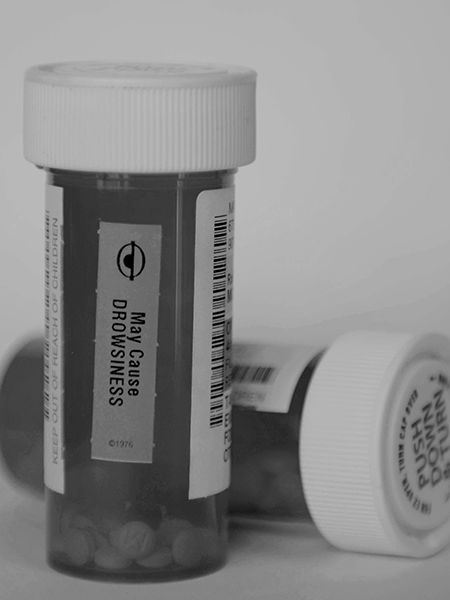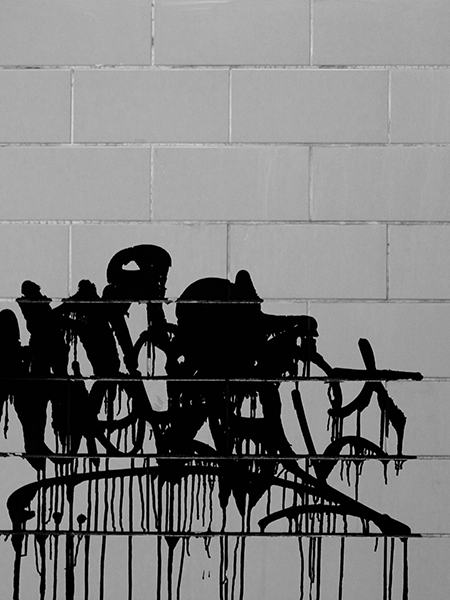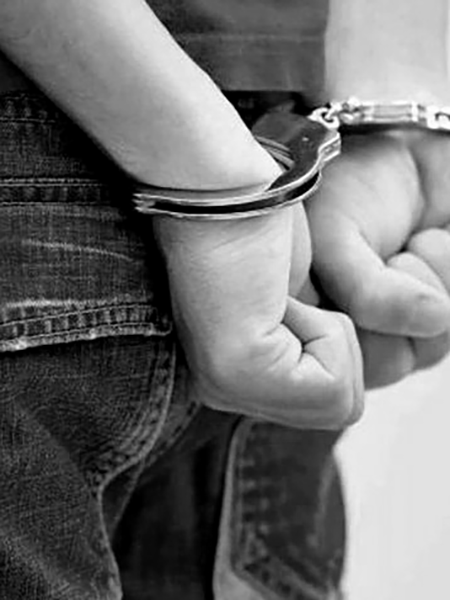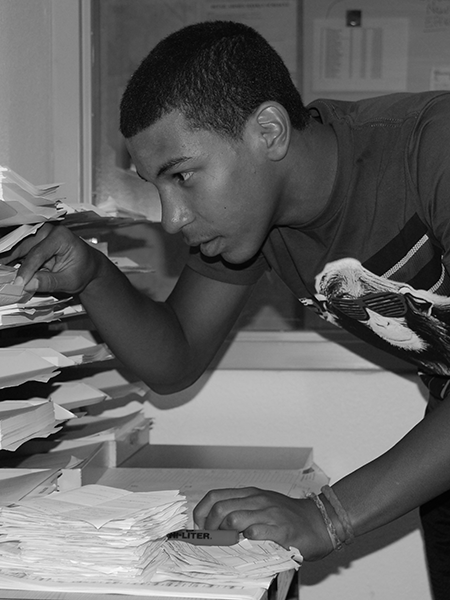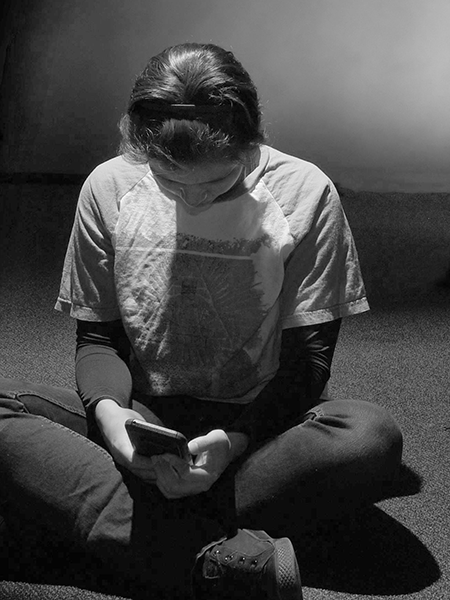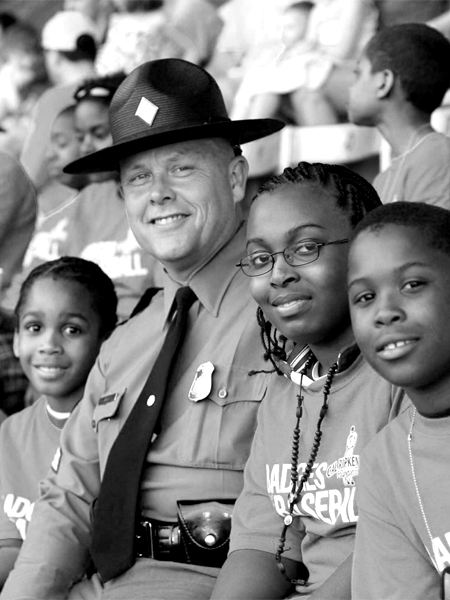Learn about the impact of crime on teens, personal safety strategies for reducing their likelihood of becoming victims and opportunities for them to become involved in crime prevention activities in their schools and communities.
What is crime prevention?
Crime prevention means reducing the opportunities for criminals to victimize you, your family, and your neighbors. Crime prevention involves protecting property and teaching people to be alert and aware of their surroundings. Becoming involved in activities that build up community can also help prevent crime.
Why should teens be concerned about crime prevention?
Teenagers experience both property and personal crime more frequently than other groups. In fact, teens and young adults experience the highest rates of violent crime. According to a report from the Bureau of Justice Statistics (“Criminal Victimization in the United States, 2020”):
- In 2022, there were 6.6 million violent victimizations in the United States of persons age 12 or older, up from 4.6 million in 2021.
- The rate of violent victimizations against teens ages 12 or older increased to 23.5 victimizations per 1,000 persons in 2022, after reaching a 30-year low of 16.4-16.5 during 2020-2021.
- Violent victimization includes rape or sexual assault, robbery, aggravated assault, and simple assault.
- Teens ages 12-24 were twice as likely as adults to become victims of violent crime.
- According to data from the CDC’s Youth Risk Behavior Survey, about 1 in 12 teens experienced physical and sexual dating violence in 2019.
- About 10% of violent victimizations involved a firearm in 2022, an increase from 2021 (7%).
- Young people are far more likely to be victims of property crimes than adults, and most of the crimes occur on school grounds. Unfortunately, the majority of these thefts are never reported to police or school officials.
Who does crime hurt?
Everyone.
The first person hurt is the victim – the person whose iPhone is stolen, the neighbor whose car is vandalized, or the store owner whose merchandise is stolen.
The other victim is the community. When there is crime in a neighborhood, there is fear. Fear creates isolation as residents retreat behind locked doors, businesses close, and people are afraid to let their children play outside.
How can I keep from becoming a victim of crime?
Statistics show that young people are far more likely to be victims of property crimes than adults and that most of the crimes occur on school grounds or at school-related activities. Unfortunately, the majority of these thefts are never reported to law enforcement or school officials. Items frequently stolen from teens are cell phones, Nintendo Switch, smart watches, AirPods, and a popular brand of athletic gear.
The National Crime Prevention Council recommends the following strategies for protecting your personal property:
- Don’t bring valuables to school. If you don’t absolutely need something during the school day, leave it at home.
- Avoid calling attention to your valuables. Playing cool ring tones on your cell phone might amuse your lunch buddies, but it can also mean unwanted attention from nearby people who you don’t know.
- Never leave your valuables unattended. Most items are stolen because they are left unattended.
- Secure your locker at all times. Lockers can be broken into easily, especially if they are not properly closed.
- Protect valuables that you leave in your car. If you drive to school, never leave valuables in plain view inside your car, even if you keep it locked.
What can I do to keep from being a victim of violent crime?
Here are some basic personal safety tips from the National Crime Prevention Council:
- Always tell someone where you are going and when you will return.
- Wherever you are, stay alert and tuned into your surroundings.
- Trust your instincts. If something or someone makes you uneasy, avoid the person or leave.
- Know the neighborhoods where you live, go to school, and shop. Check out the locations of police and fire stations, public telephones, hospitals, and businesses that stay open late.
- Stick to well-traveled streets; avoid short-cuts through wooded areas, parking lots, or alleys.
- Carry only the money you’ll need on a particular day and don’t display large amounts of cash or other tempting targets such as hand-held electronic games or expensive jewelry and clothing.
- Try to use automated teller machines (ATMs) in the daytime. Have your card in hand and don’t approach the machine if you feel uneasy about the people nearby.
- If you think someone is following you, switch directions or cross the street. If the person continues to follow you, move quickly toward an open store or restaurant, a lighted house, or, even better, a fire house or police station. Don’t be afraid to blow your horn or yell for help.
- Try to park in well-lighted areas with good visibility and close to walkways, stores, and people.
- Make sure you have your key out as you approach your door.
- Always lock your car, even if it’s in your own driveway; never leave your motor running.
- If someone tries to rob you, give up your property – don’t give up your life.
- If you are robbed or assaulted, report the crime to the police. Try to describe the attacker accurately. Your actions can help prevent someone else from becoming a victim.
What can I do to prevent crime at my school and in my community?
Certified Crime Prevention Community Program in Virginia
In a Certified Crime Prevention Community Program, students can identify problems in their communities and develop projects to address these problems. The program’s goal is to “promote safety, particularly youth and family safety.” To join the certified community program closest to you and receive additional information, visit the DCJS website. ( https:// www.dcjs.virginia.gov/law-enforcement/programs/certified-crime- prevention-community-program)
Street Law, Inc.
Street Law, Inc. is a program that involves crime prevention education and action projects in the community, such as the Police & Teens Program. Young people learn how to protect themselves and others from crime and design projects to help prevent crime in their schools and communities. Additional information is available on the Street Law website. (https://streetlaw.org/our-work/strategic-initiatives/police-teens-program/)
Tip Lines
Most Virginia Public School Divisions have a Tip Line where students can send reports on anything from school threats they have seen or overheard to personal crises, including sexual harassment.
Tips submitted to SaySomething.net receive an immediate response by a crisis counselor at the Sandy Hook Promise National Crisis Center.
Users can submit a tip by calling 1-844-5-SAYNOW or by visiting https://www.sandyhookpromise. org/say-something-tips/ . There is a free app available for download from the App Store and Google Play Store, where students can submit tips instantly. Once downloaded, it will ask for a 4-digit code you select and remember.
Community Builders Pilot Program in Roanoke City and Petersburg City Public Schools
This program helps reduce youth involvement in behaviors that lead to gun violence and increase community engagement of public school students in Roanoke City Public Schools and Petersburg City Public Schools by learning about community engagement, workforce development, postsecondary education exploration, and social-emotional education and development per Code of Virginia § 22.1-211.1. Many communities are developing similar programs to prevent problems.
More resources are available on the National Crime Prevention Council website at https://www.ncpc.org/crime-prevention-coalition-of-america/
